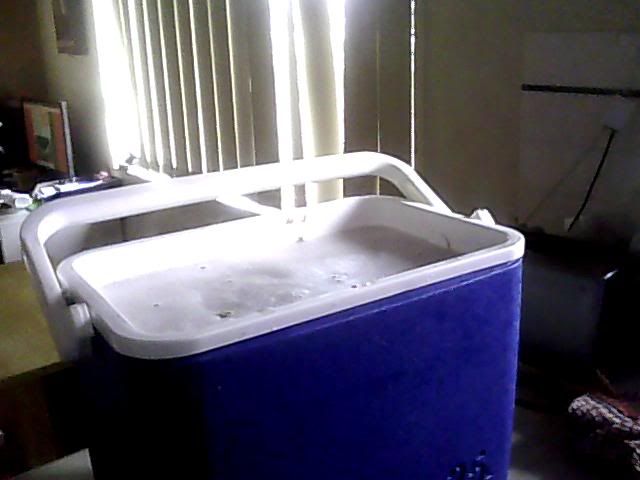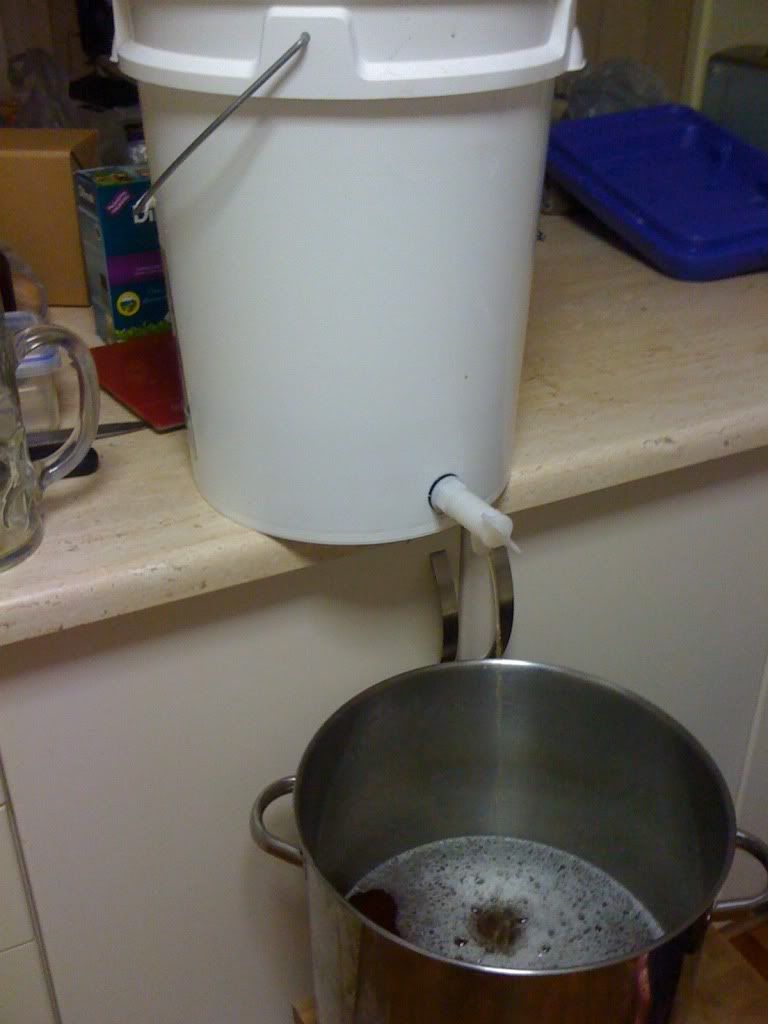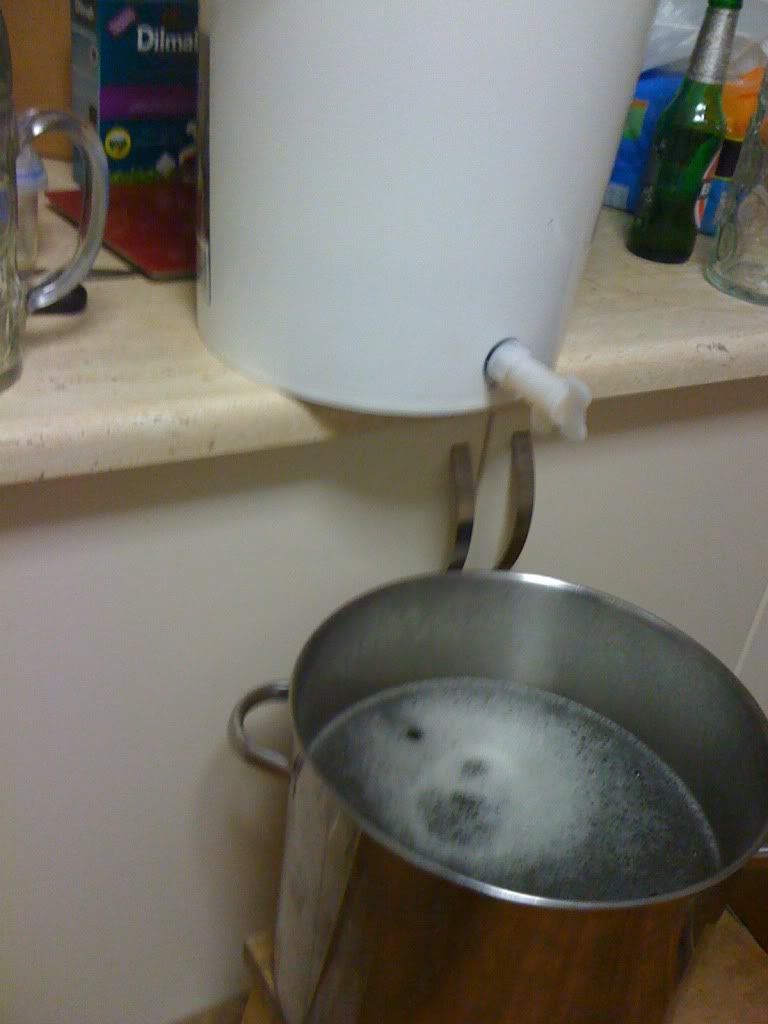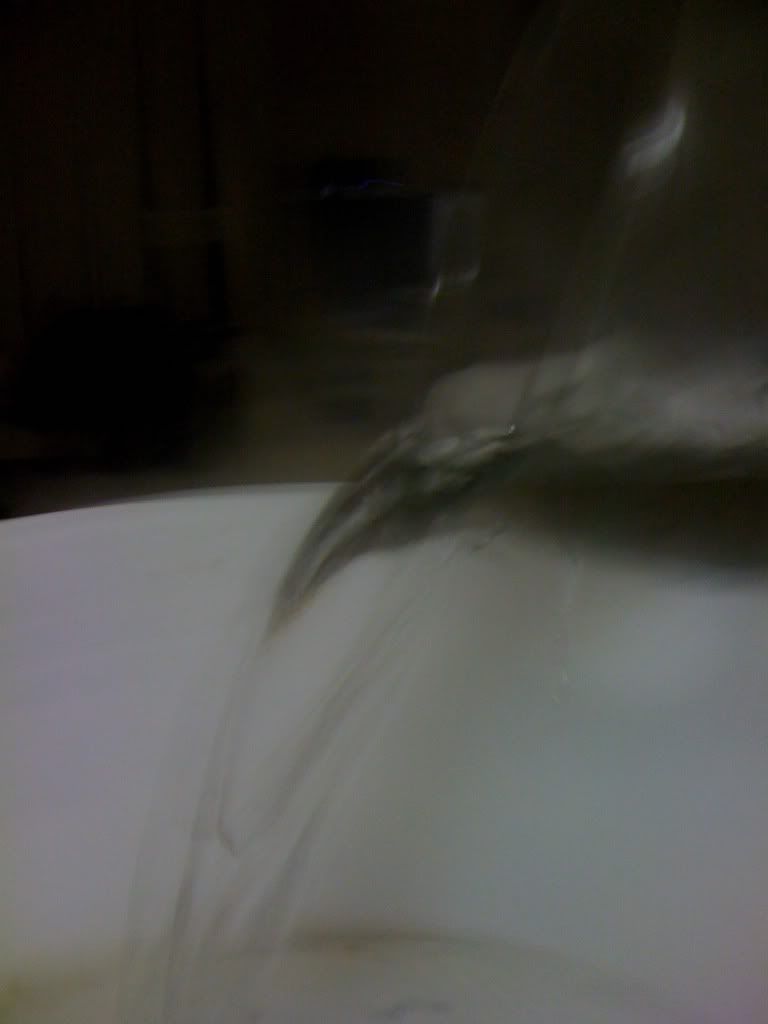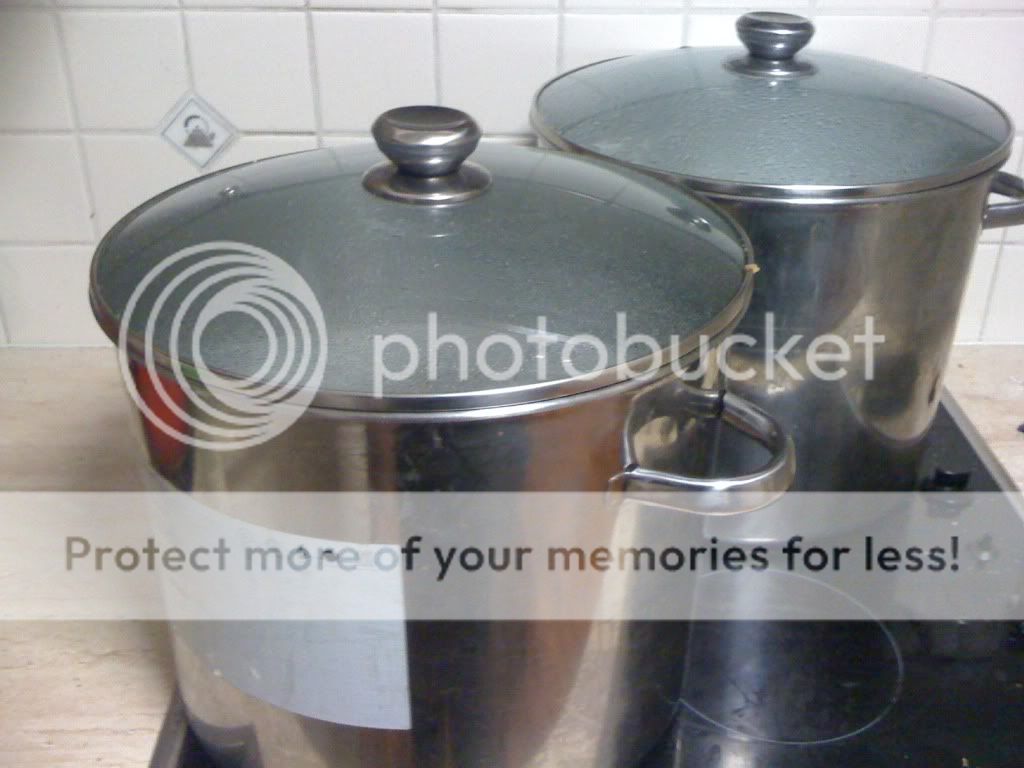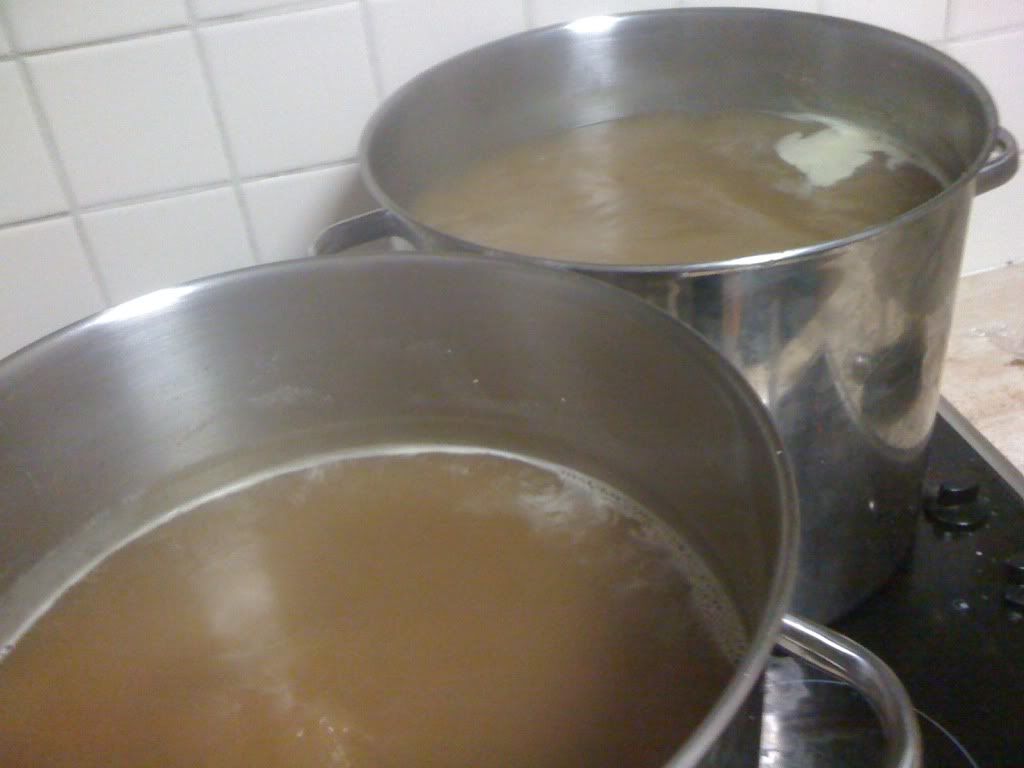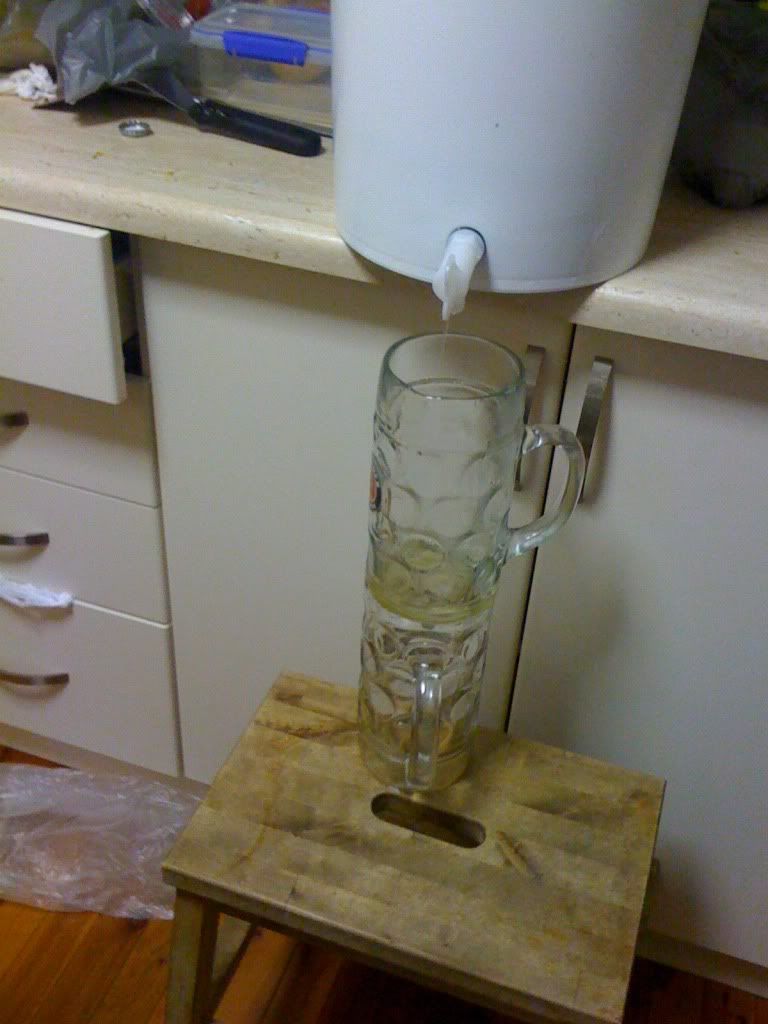Lord Raja Goomba I
Prisoner of Sobriety
I know the criticism that will occur from this topic - I've reinvented the wheel, it's just adaptation of another method and so on.
I don't care. Because someone, somewhere will learn something from this. It might get a kit brewer to AG (hell - I've done it with half a glass of beer, why not do a how to). More importantly it's to say to any newb just a bit concerned about the learning curve - there's many ways to skin a cat, what's the worst that will happen? You'll make beer and necessity is the mother of invention - adapt to what you have, your budget and facilities - AG is so forgiving for this.
This is the method I made my latest bitter - English Best Bitter. I no-chilled. I'm not a no chiller (I consider my house APA to require crash chilling, but that's another story), but given it was all early hop additions, I only nee ded a basic adjustment to simplify this brew.
The method is my standard two pot stovetop method. Rather than BIAB, I made a lauter tun, a la Ghetto method BABBs brew wars lauter tun. Now, my DIY skills are shoddy at best, so if I can make a lauter, then anyone can.
The lauter (youtube - BABBs system wars, ghetto method to catch up), is a bucket in bucket system, as follows. In newb speak a lauther is simply a sieve for wort. The grain bed that forms serves as a sieve for proteins, so you end up with far clearer wort. I did.
Edit:
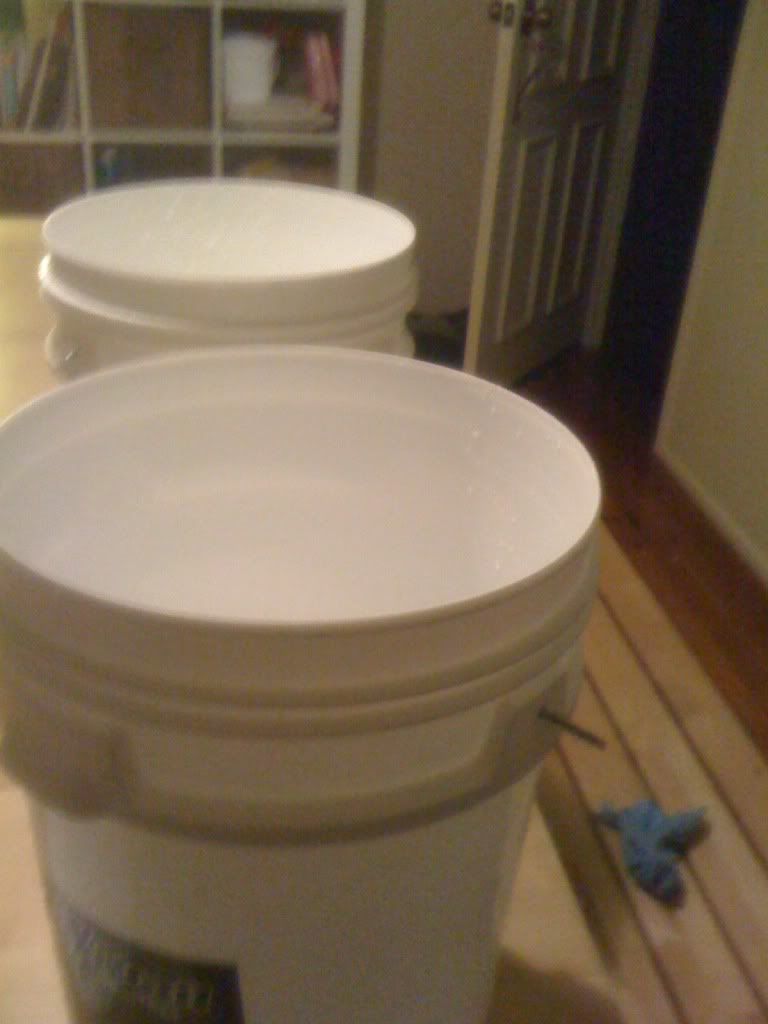
Drilled holes in the bottom of one:
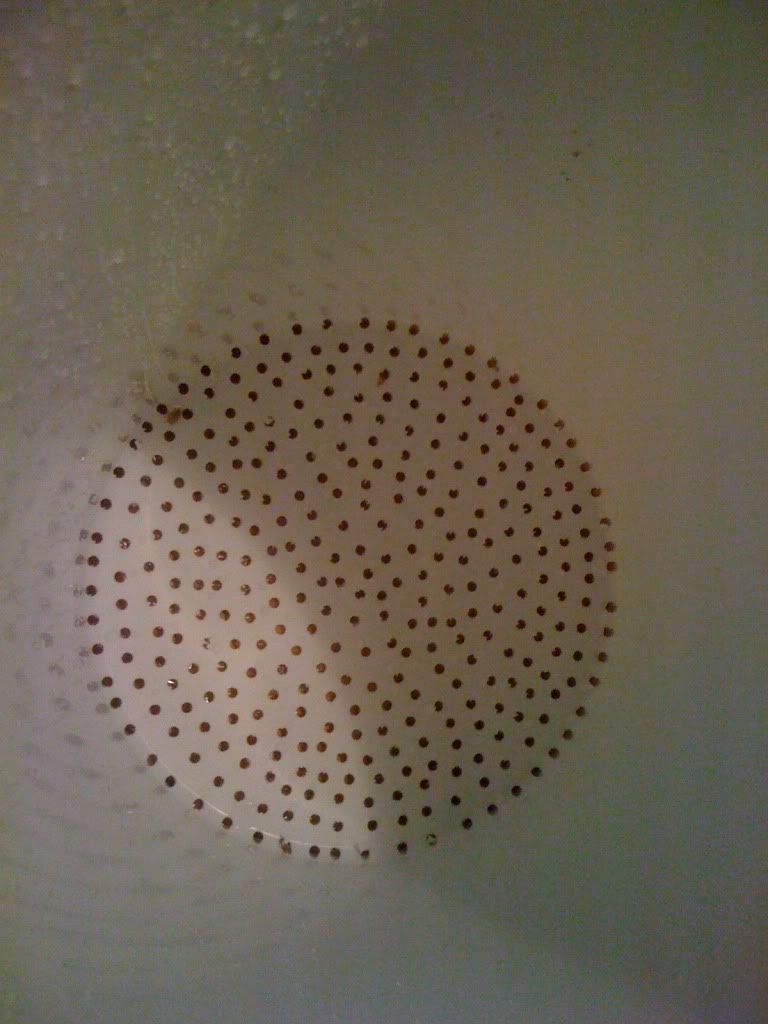
It slots in top of the other bucket:
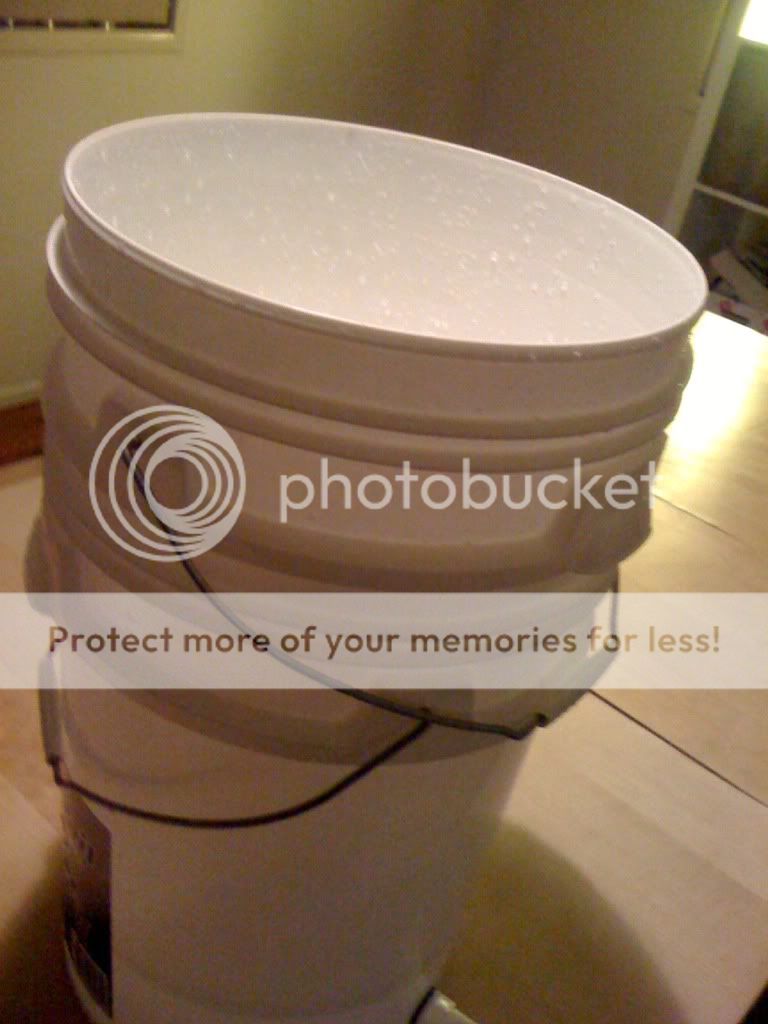
Stick a hole in bucket 2 and put a tap in ($1.50 from bunnings):
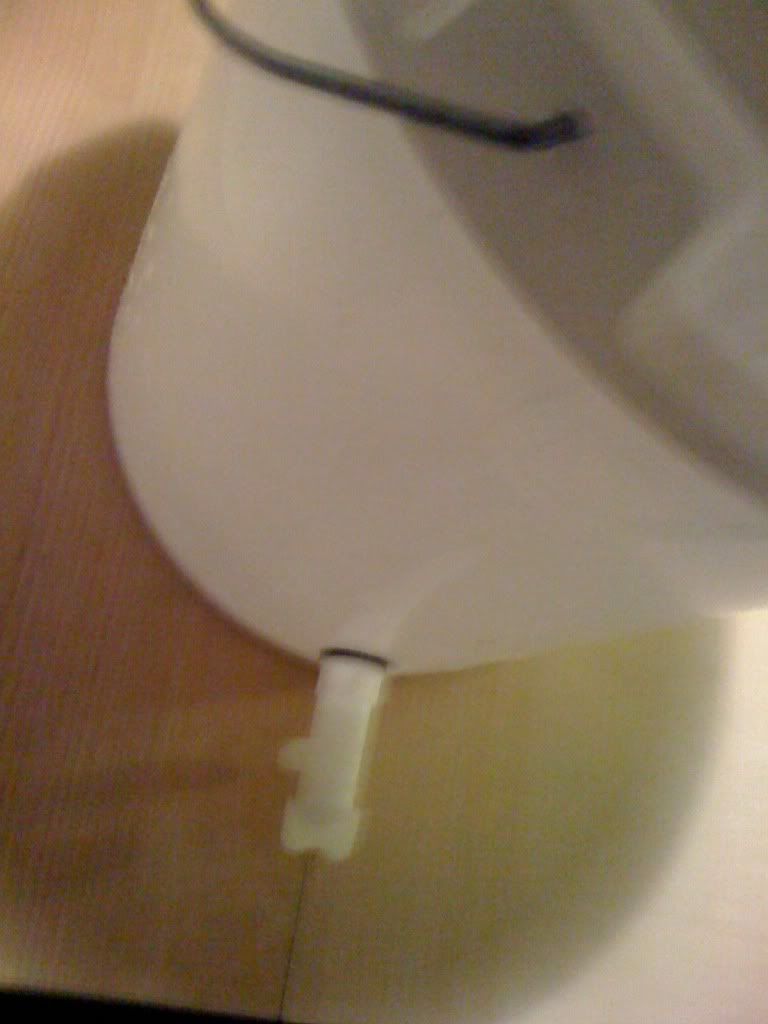
Heat up strike water:
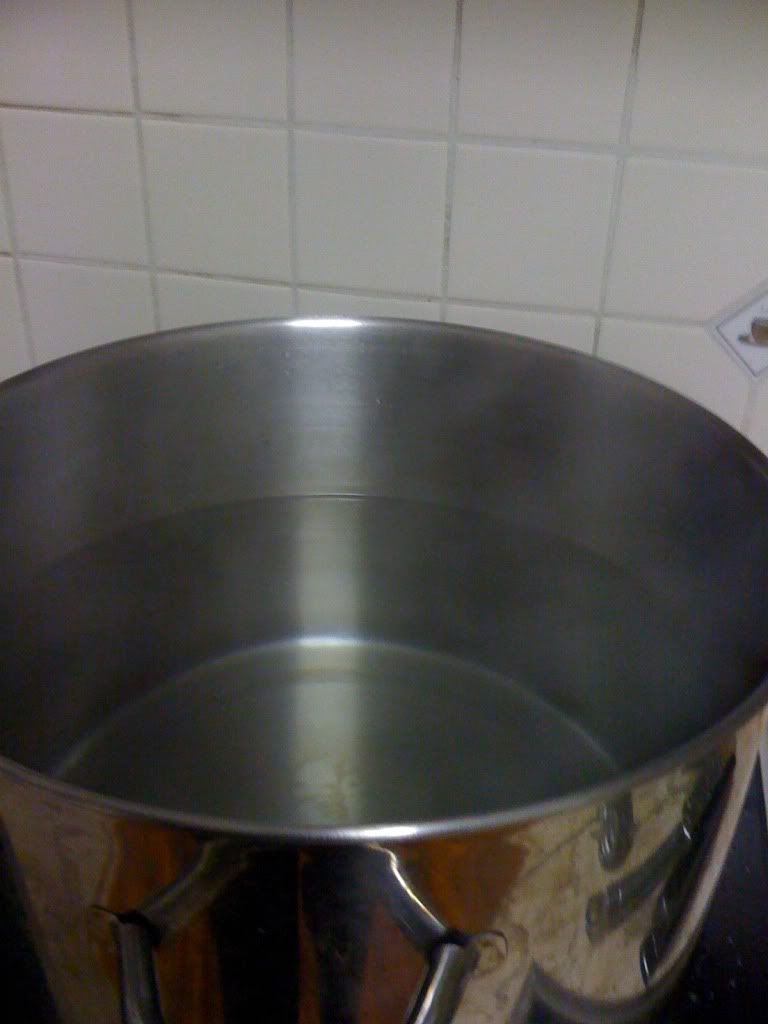
I don't care. Because someone, somewhere will learn something from this. It might get a kit brewer to AG (hell - I've done it with half a glass of beer, why not do a how to). More importantly it's to say to any newb just a bit concerned about the learning curve - there's many ways to skin a cat, what's the worst that will happen? You'll make beer and necessity is the mother of invention - adapt to what you have, your budget and facilities - AG is so forgiving for this.
This is the method I made my latest bitter - English Best Bitter. I no-chilled. I'm not a no chiller (I consider my house APA to require crash chilling, but that's another story), but given it was all early hop additions, I only nee ded a basic adjustment to simplify this brew.
The method is my standard two pot stovetop method. Rather than BIAB, I made a lauter tun, a la Ghetto method BABBs brew wars lauter tun. Now, my DIY skills are shoddy at best, so if I can make a lauter, then anyone can.
The lauter (youtube - BABBs system wars, ghetto method to catch up), is a bucket in bucket system, as follows. In newb speak a lauther is simply a sieve for wort. The grain bed that forms serves as a sieve for proteins, so you end up with far clearer wort. I did.
Edit:
2 buckets from Bunnings ($6 each):see post 69 in this thread for videos of how I went about this method.

Drilled holes in the bottom of one:

It slots in top of the other bucket:

Stick a hole in bucket 2 and put a tap in ($1.50 from bunnings):

Heat up strike water:






